Potřebujeme váš souhlas k využití jednotlivých dat, aby se vám mimo jiné mohly ukazovat informace týkající se vašich zájmů. Souhlas udělíte kliknutím na tlačítko „OK“.
ASTM E2154-15a
Standard Practice for Separation and Concentration of Ignitable Liquid Residues from Fire Debris Samples by Passive Headspace Concentration with Solid Phase Microextraction (SPME) (Withdrawn 2024) (Includes all amendments And changes 4/4/2024).
Automaticky přeložený název:
Standardní praktiky pro separaci a koncentraci zápalných kapalné zbytky z Pozůstatky po požáru vzorků Pasivní Headspace koncentrace se Solid Phase mikroextrakce ( SPME )
NORMA vydána dne 1.9.2015
Informace o normě:
Označení normy: ASTM E2154-15a
Poznámka: NEPLATNÁ
Datum vydání normy: 1.9.2015
Kód zboží: NS-615840
Počet stran: 3
Přibližná hmotnost: 9 g (0.02 liber)
Země: Americká technická norma
Kategorie: Technické normy ASTM
Kategorie - podobné normy:
Anotace textu normy ASTM E2154-15a :
Keywords:
fire debris samples, passive headspace concentration, solid phase microextraction (SPME),, ICS Number Code 27.060.10 (Liquid and solid fuel burners)
Doplňující informace
| Significance and Use | ||||||||||||
|
4.1 This practice is suited ideally for screening samples for the presence, relative concentration, and potential class of ignitable liquid residues in fire debris. 4.2 This is a very sensitive separation procedure, capable of isolating small quantities of ignitable liquid residues from a sample, that is, a 0.1 μL spike of gasoline on a cellulose wipe inside of a 1-gal can is detectable. 4.3 Actual recovery will vary, depending on several factors, including adsorption temperature, container size, competition from the sample matrix, ignitable liquid class and relative ignitable liquid concentration. 4.4 Because this separation takes place in a closed container, the sample remains in approximately the same condition in which it was submitted. Repeat and interlaboratory analyses, therefore, may be possible. Since the extraction is nonexhaustive, the technique permits reanalysis of samples. 4.5 This practice is intended for use in conjunction with other extraction techniques described in Practices E1386, E1388, E1412, and E1413. 4.6 The extract is consumed in the analysis. If a more permanent extract is desired, one of the separation practices described in Practices E1386, E1412, or E1413 should be used. |
||||||||||||
| 1. Scope | ||||||||||||
|
1.1 This practice describes the procedure for removing small quantities of ignitable liquid residues from samples of fire debris. An adsorbent material is used to extract the residue from the static headspace above the sample. Then, analytes are thermally desorbed in the injection port of the gas chromatograph (GC). 1.2 This practice is best suited for screening fire debris samples to assess relative ignitable liquid concentration and for extracting ignitable liquid from aqueous samples. 1.3 This practice is suitable for extracting ignitable liquid residues when a high level of sensitivity is required due to a very low concentration of ignitable liquid residues in the sample. 1.3.1 Unlike other methods of separation and concentration, this method recovers a minimal amount of the ignitable residues present in the evidence, leaving residues that are suitable for subsequent resampling. 1.4 Alternate separation and concentration procedures are listed in Section 2. 1.5 This standard cannot replace knowledge, skill, or ability acquired through appropriate education, training, and experience and should be used in conjunction with sound professional judgment. 1.6 This standard does not purport to address all of the safety concerns, if any, associated with its use. It is the responsibility of the user of this standard to establish appropriate safety and health practices and determine the applicability of regulatory limitations prior to use. |
||||||||||||
| 2. Referenced Documents | ||||||||||||
|
Podobné normy:
Historická
1.10.2010
Historická
1.10.2014
Historická
15.12.2014
Historická
1.7.2013
Historická
1.5.2014
Historická
1.10.2014


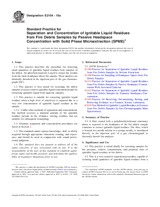
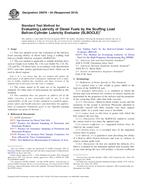 ASTM D6078-04(2010)..
ASTM D6078-04(2010)..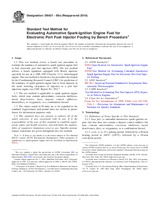 ASTM D6421-99a(2014)..
ASTM D6421-99a(2014)..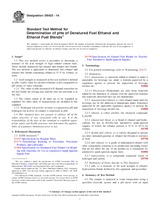 ASTM D6423-14
ASTM D6423-14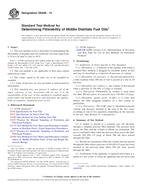 ASTM D6426-13
ASTM D6426-13 ASTM D6447-09(2014)..
ASTM D6447-09(2014)..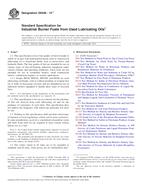 ASTM D6448-14e1
ASTM D6448-14e1
 Cookies
Cookies
